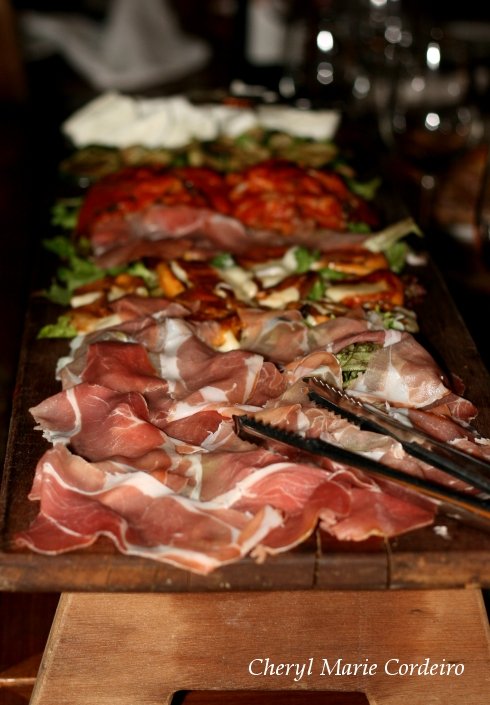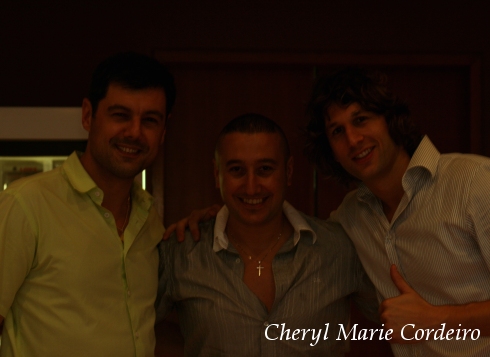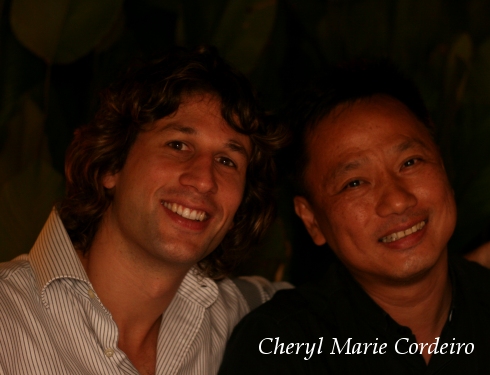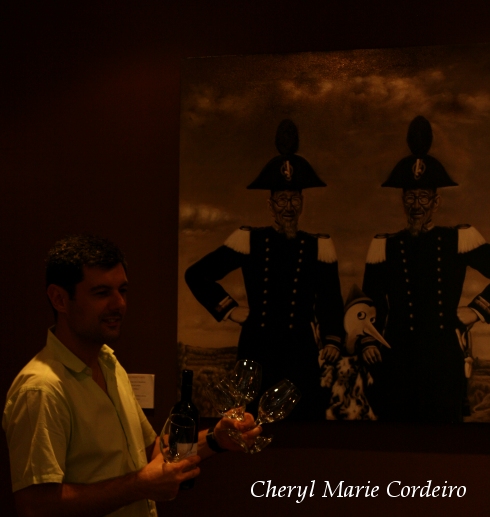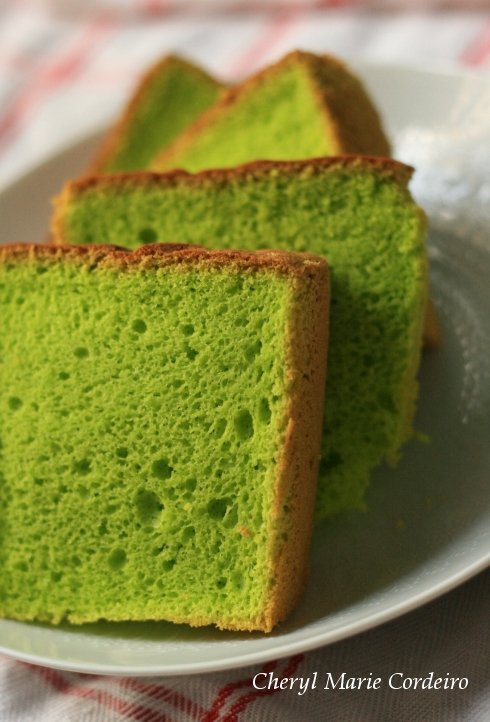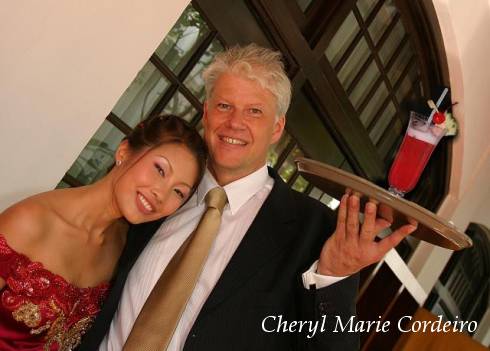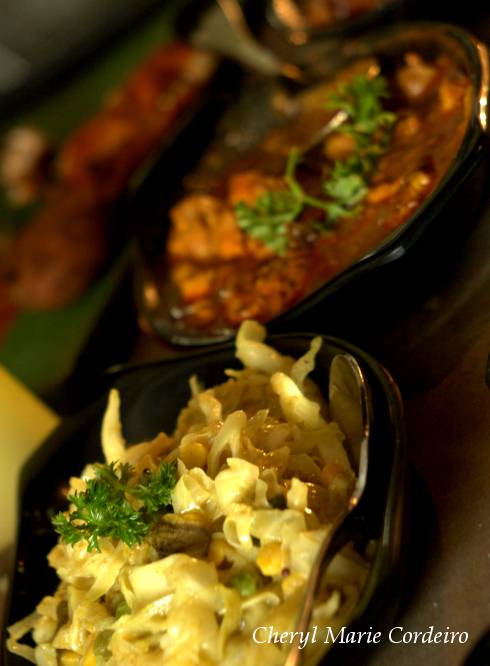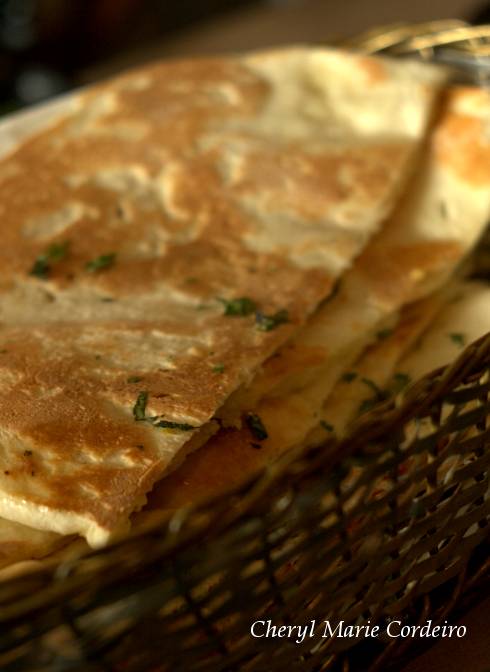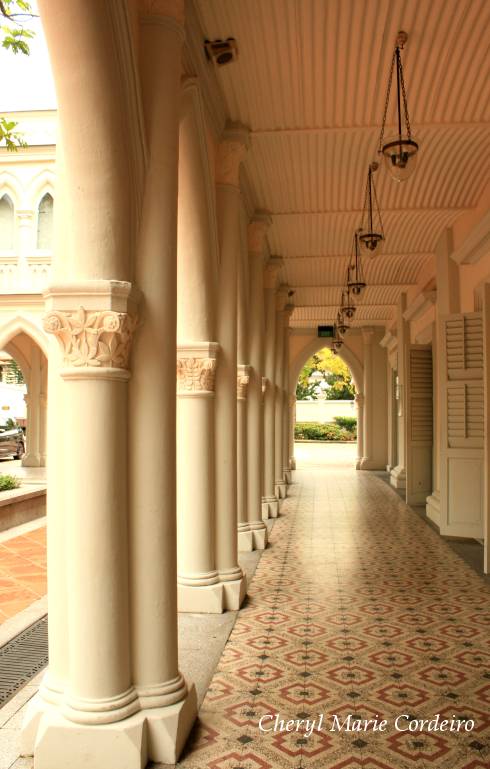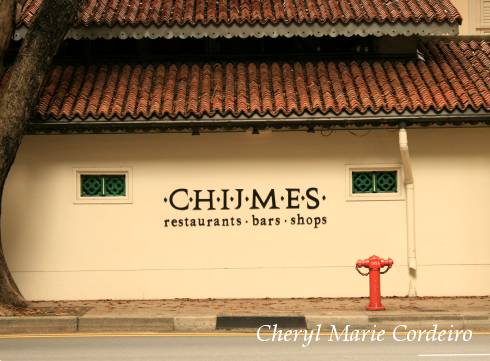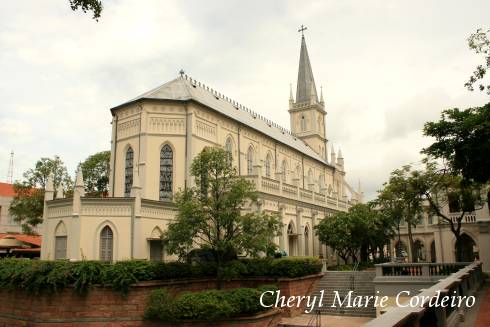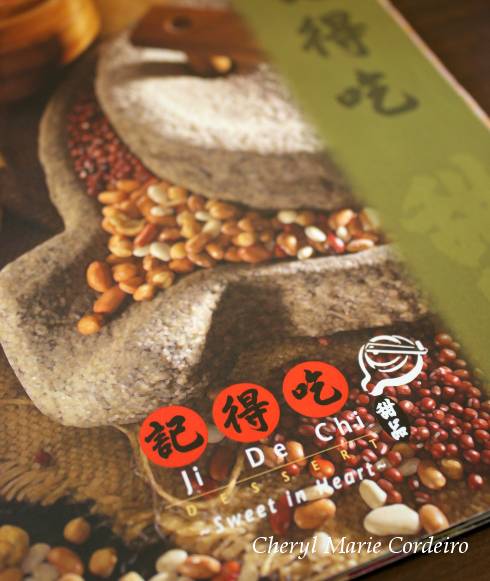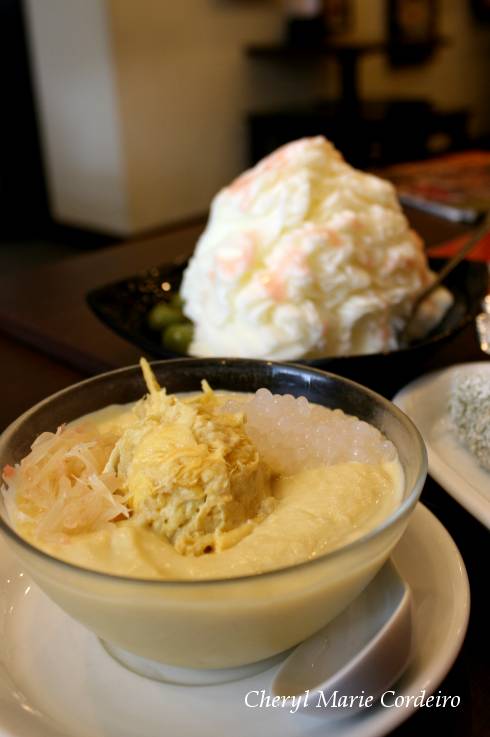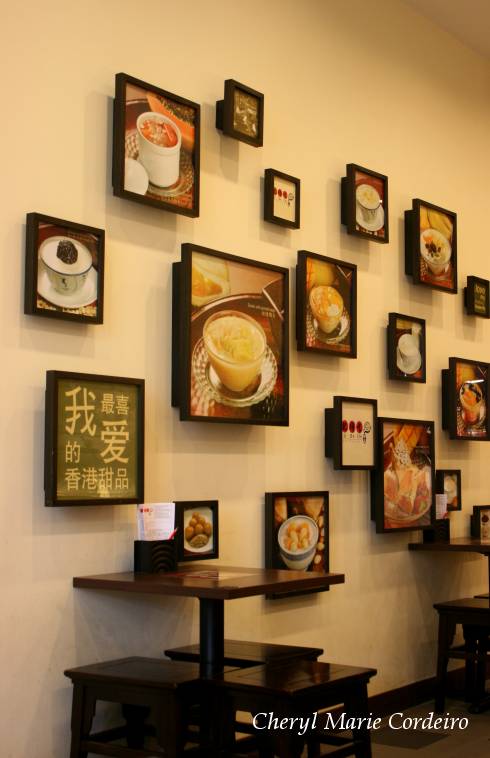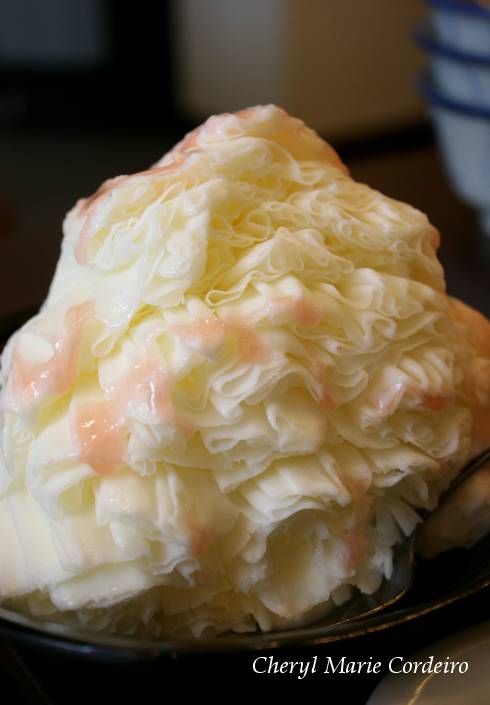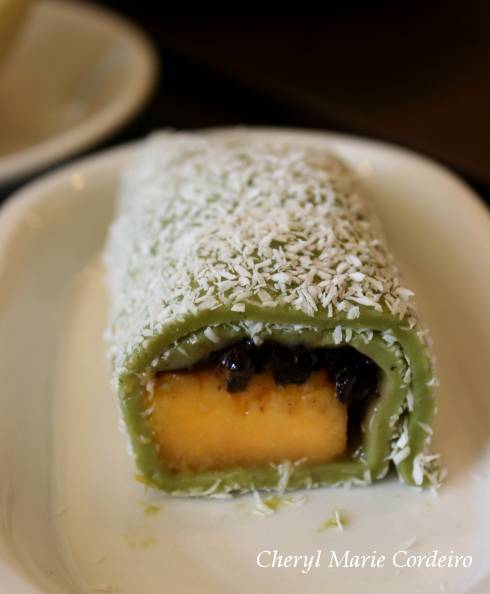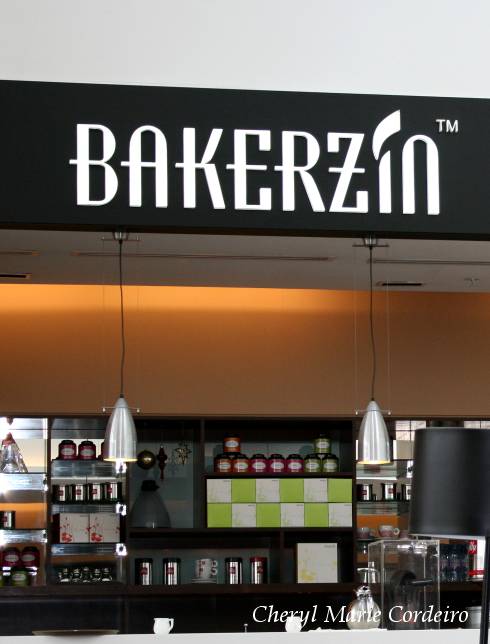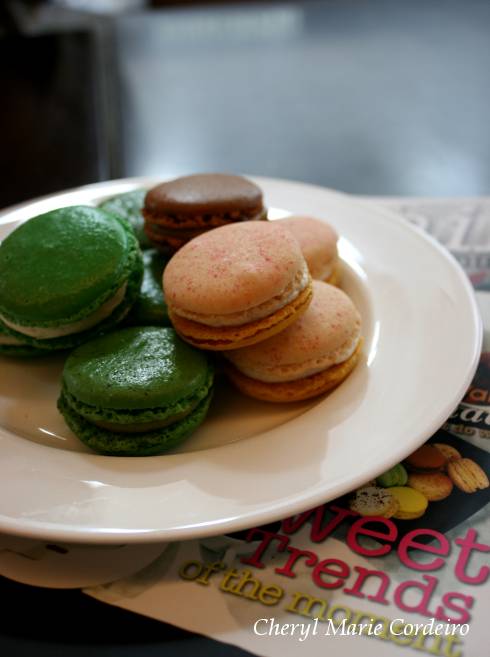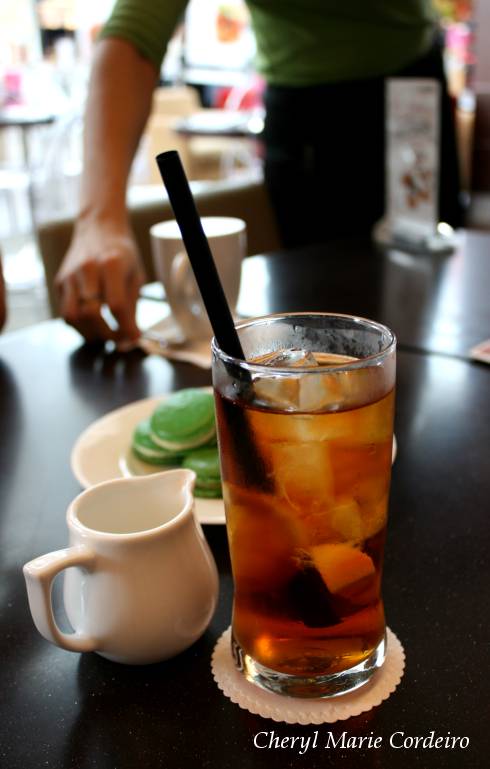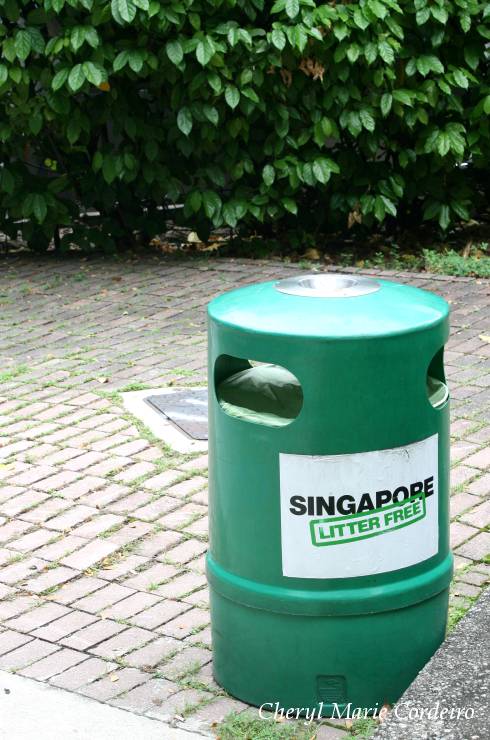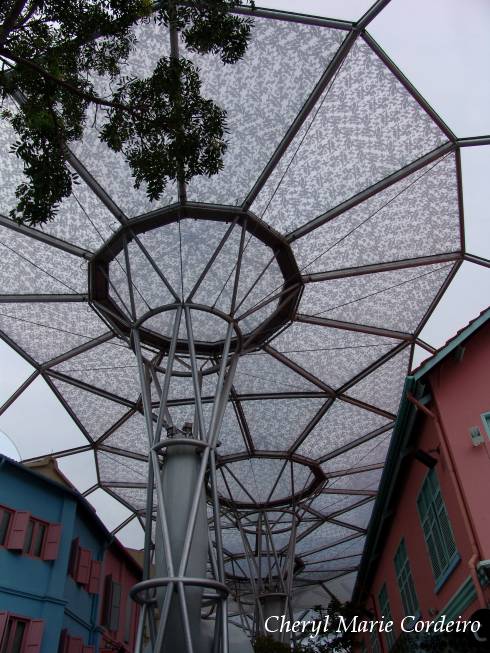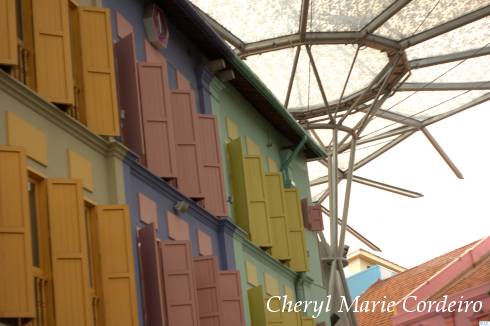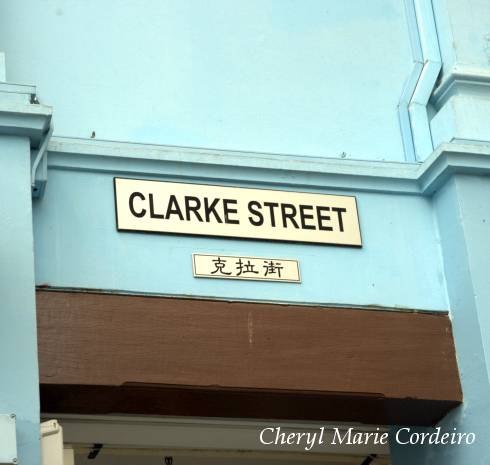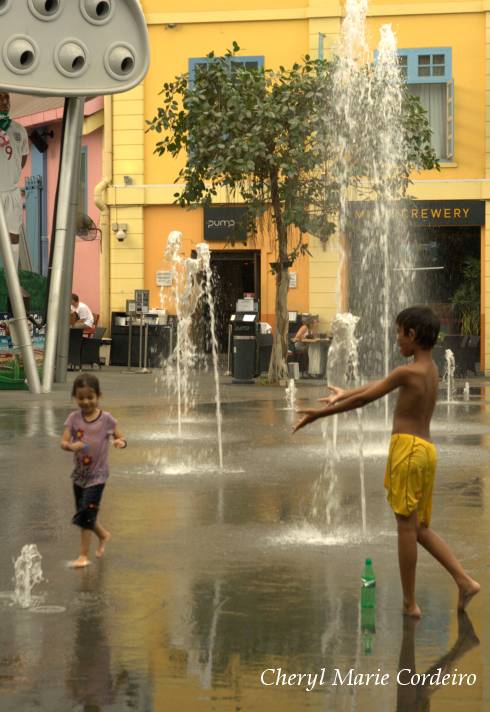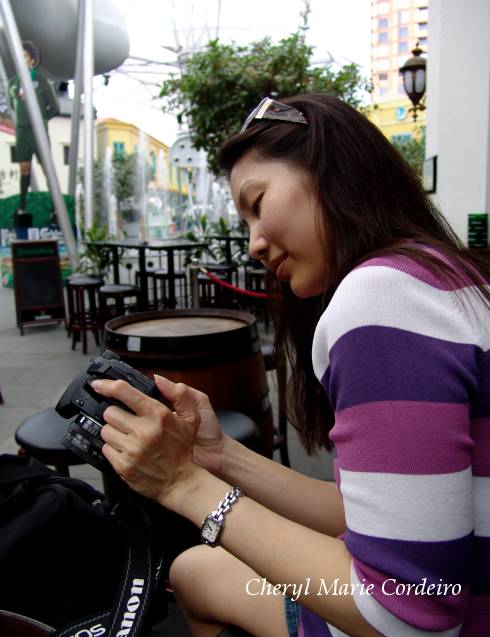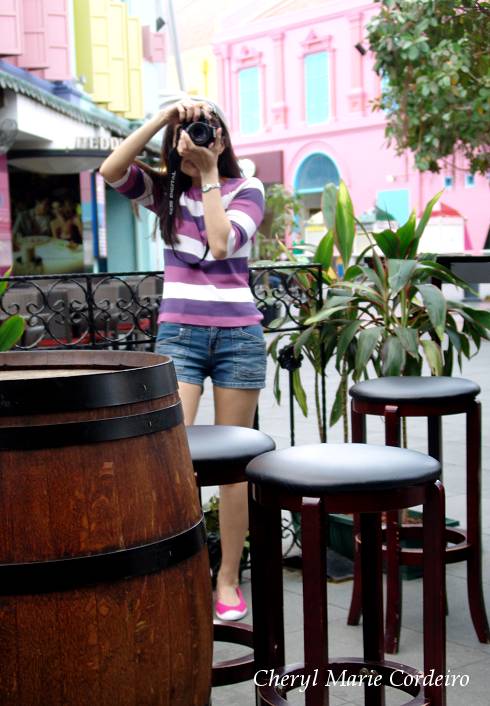
From left to right Keynote speaker, Professor Philip Phan, Dr. Cheryl Marie Cordeiro and Keynote speaker, Professor Michael Song, ICMIT 2010 in Singapore
Photo: Courtesy of ICMIT 2010
Behind the short and cryptic ICMIT stands the full title of the IEEE International Conference on Management of Innovation and Technology 2-5 June 2010. Originally a Singaporean initiative, this conference was now held for its fifth time.
Since my academic interest revolves much around Knowledge Management, Communication and Information Technology, I was happy to find towards the end of last year that a paper I had submitted to this conference had been accepted, and not only that but I was also invited to take a more active role in the conference by being part of the scientific review committee and indeed, actually chairing one of the sessions.
Even if I have spent my last ten years in Sweden, I did grow up in Singapore and spent my postgraduate years at the National University of Singapore (NUS) and the Nanyang Technological University of Singapore (NTU) respectively.
So this conference was a happy reunion of sorts since the organizers of this conference were mainly from NUS and NTU, so it gave me a chance to meet with several former professors, who were also my mentors. In particular a warm thank you goes to Dr. Chai Kah Hin (NUS) and Dr. Ravi Sharma (NTU) for a conference well organized, and to Dr. Chris Khoo Soo Guan (NTU) who besides a most impressive tour around the vast NTU campus also showed us the best new dessert and ice cream parlors in the area.
Conference themes
The main theme to this year’s ICMIT conference was Management of Innovation and Technology in its widest sense. My point and contribution was to discuss that technology when managed, packaged and sold as in whole industrial complexes for example, would fail if not accompanied by the tacit knowledge that is needed to make it work. My point was illustrated from the perspective of Swedish managers working in Swedish companies in Singapore.

My paper was presented under Knowledge Management (1), 4/6/2010 13:30-15:00, Room: Jupiter, Chairs: Cheryl Marie Cordeiro and Ying Hsun Hung
As an example, a bicycle in a box however neatly packaged and sent somewhere, would still need someone to teach one how to use it, to be of any use at all. And how this tacit (implicit) knowledge transfer – by definition not possible to codify – could be investigated and assessed by the use of language.
When keeping up is not enough
What struck me when we circled down for landing in Singapore Airline’s (SIA) Boeing 777-212ER was how fast Singapore changes. Every time I come back, the landscape changes.

The new ION shopping mall that opened July 2009 at Orchard Road, brings together “the world’s best brands’ flagship, concept and lifestyle stores within one development, with four levels above ground and four levels below – totaling 66,000 square meters of retail space.”
There is however, a price to pay for Singaporeans with these speedy changes. There are so many memory lanes that are just not there anymore to be walked and the financial and architectural development is done in such a rush, at such a breakneck speed, that it washes clean a sense of rootedness for Singaporeans to its land. Still, Singapore is indeed one of the major financial and administrative centers in South East Asia, a character trait that impresses upon visitors with the current architecture of the heart of the Central Business District. The goal of Singapore is to make it to the lead, and remain there.
Continue reading “ICMIT 2010 and the changing face of Singapore”
